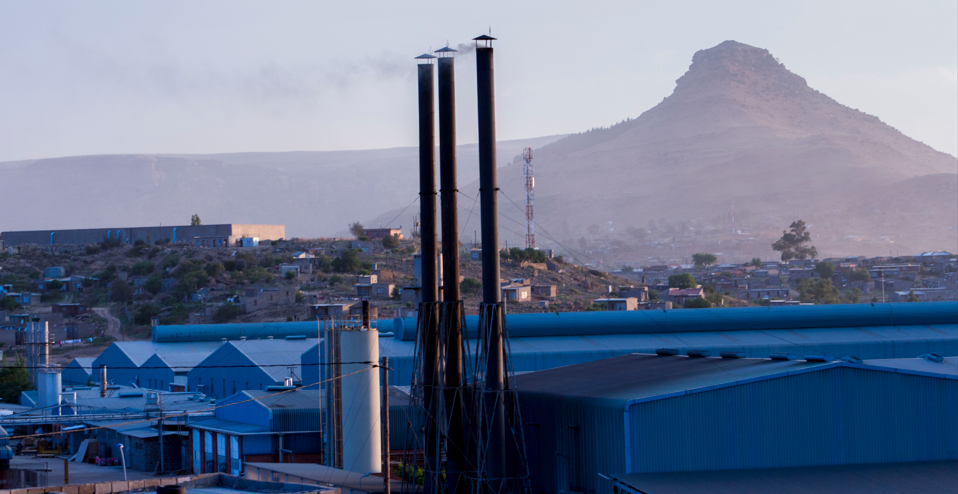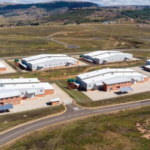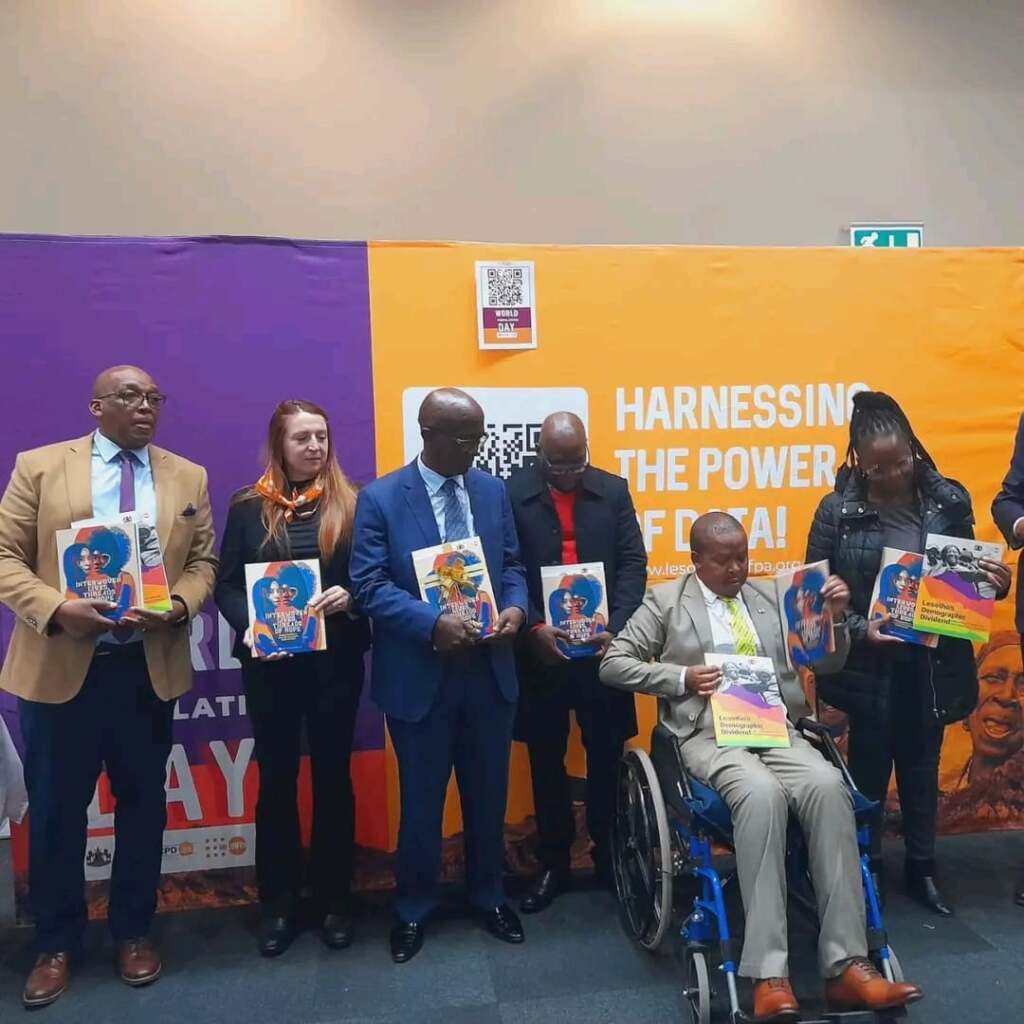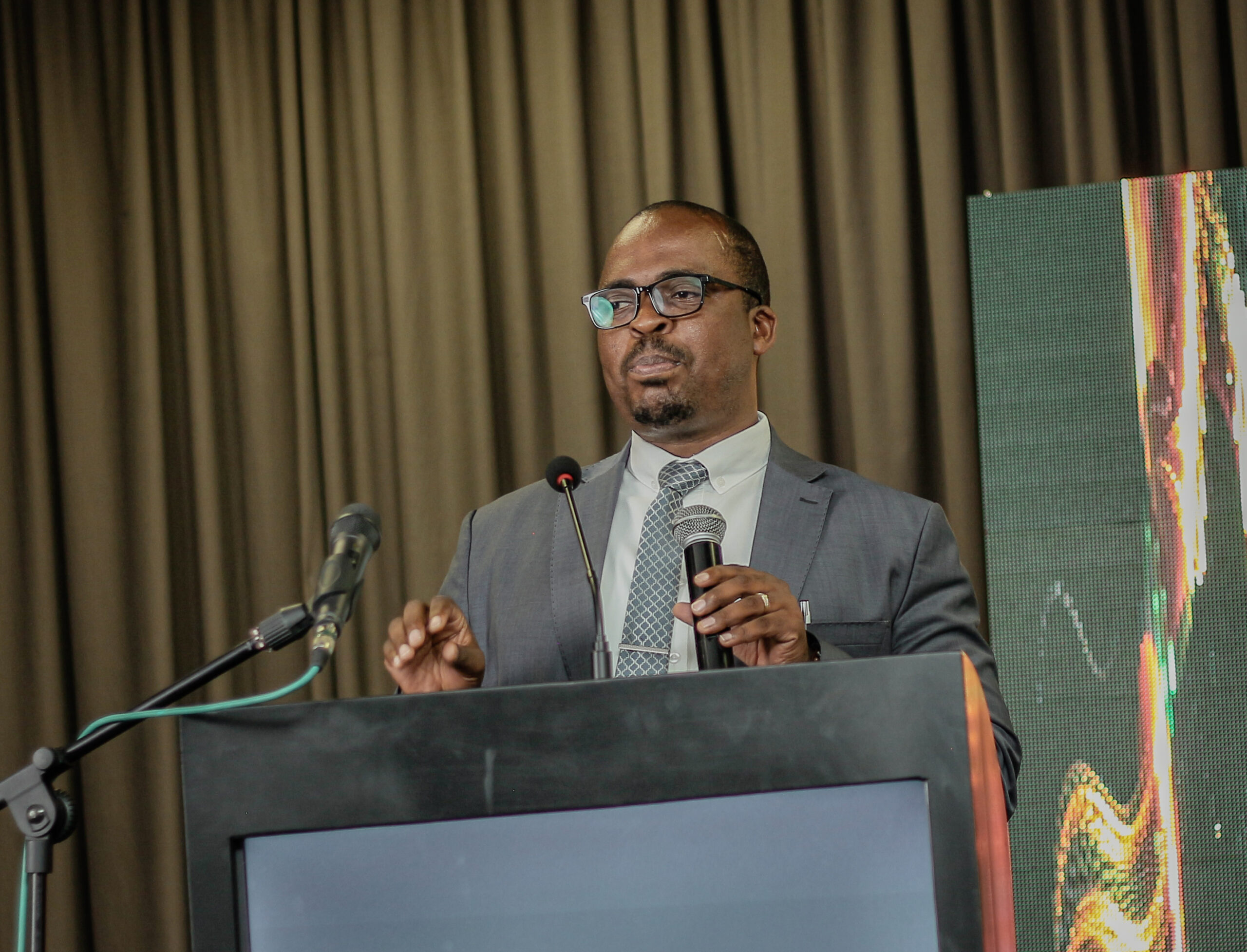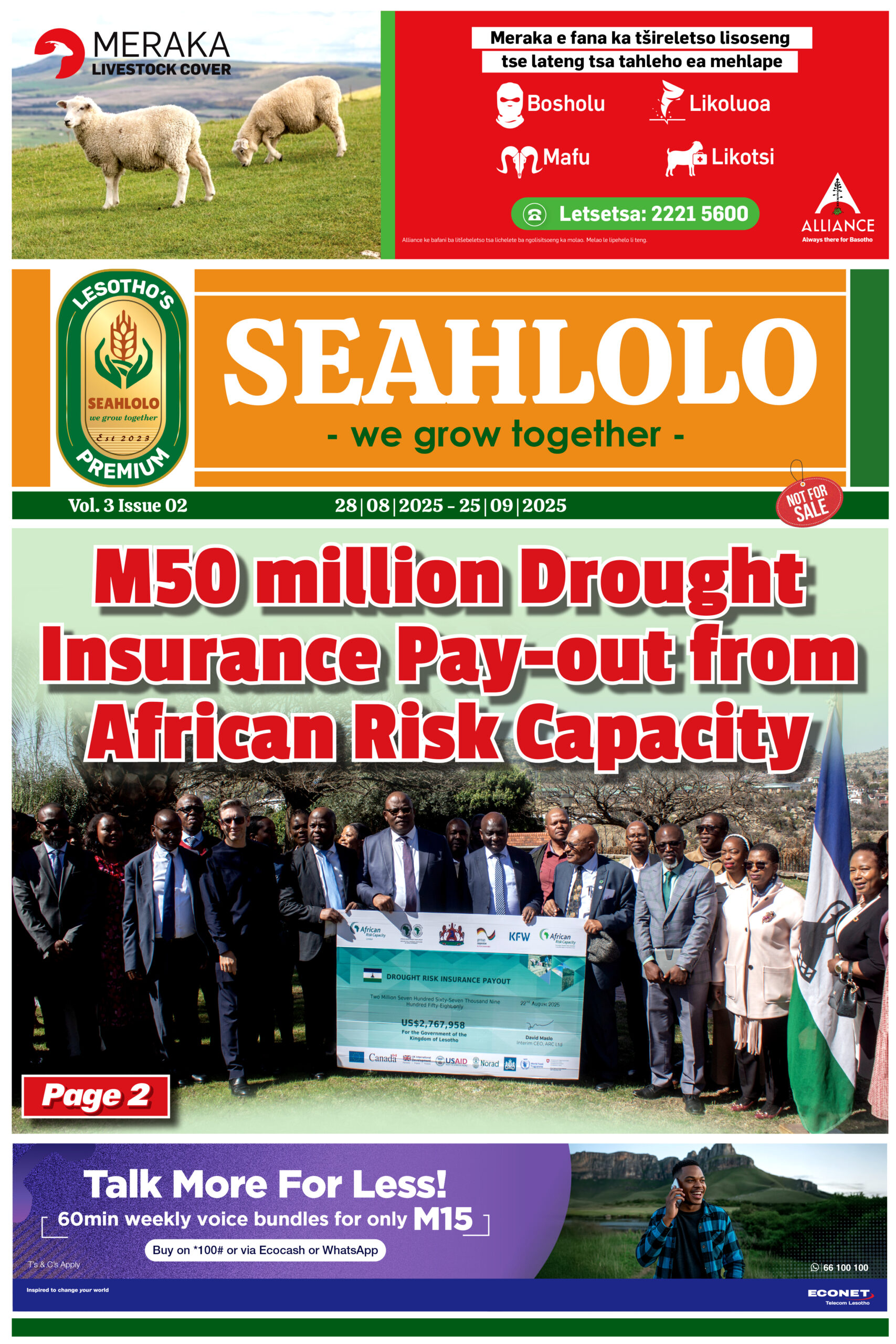… Foreign-owned firms dominate Lesotho’s manufacturing sector
Staff Reporter
Employment in Lesotho’s manufacturing sector fell sharply, with a reduction of over 2,800 jobs from 34,600 in Q3 2023 to 31,763 in Q3 2024, according to the Performance of the Manufacturing Sector in Lesotho Third Quarter 2024 report released by the Bureau of Statistics (BoS) this week.
“On an annual basis, the manufacturing sector also experienced a significant decline in employment, with 8.2 percent drop in the third quarter of 2024 compared to the previous year,” the report read.
In the textiles and clothing sector, employment declined by over 2,500 workers, from 29,911 in Q3 2023 to 27,333 in Q3 2024.
The report noted a consistent decrease in employment over several quarters. It stated: “Figure 1 depicts the declining employment figures in the textiles and clothing industry over time. The number of employees steadily decreased from Q3 2023 to Q1 2024. However, a slight increase in Q2 2024 suggested a temporary improvement in labour engagement.”
It added: “From Q2 to Q3 2024, there was a significant decline in employment. The industry’s workforce has plummeted due to business closures, dwindling orders from buyers, and the increased use of short-term employment contracts.”

Despite the decrease in employment, wages and salaries increased by 2.9 percent quarter-on-quarter, with the average monthly wage reaching M3,386 during the period from third quarter of 2023 to the corresponding quarter of 2024.
Year-on-year, wages and salaries in the manufacturing sector showed robust growth, increasing by 17.2 percent in the third quarter of 2024.
“The ‘Other Manufacturing’ and ‘Leather and Footwear’ industries were primary drivers of this growth, with remarkable increases of 151.5 percent and 49.2 percent, respectively,” the report read.
The quarterly survey provides estimates on various variables of interest in the medium and large manufacturing activities.
Employment in the manufacturing sector in Lesotho, according to BoS, has mainly been dominated, about 80 percent, by the textiles and clothing industry throughout the years.
‘Leather and Footwear’, ‘Food and Beverages’, and ‘Other Manufacturing’ are also playing a notable role in the manufacturing sector however, they still have a very low constant absorptive capacity.
“Information on manufacturing is collected through the Industrial Survey, which covers establishments engaged in the manufacturing and transformation of semi-finished products. The survey is undertaken on a quarterly basis,” BoS stated in its report.
It further indicated that the distribution and collection of self-administered questionnaires to and from individual establishments is done through emails or hand-delivered.
“The exercise (data collection; distribution and collection) is done within the first two weeks of the start of the following quarter. Follow-ups are made, usually through telephone calls and emails,” it said.
The industrial survey covers medium and large-scale establishments engaged in manufacturing activity on a quarterly basis, in all districts.
The report highlighted that the majority of manufacturing businesses in Lesotho, 97.2 percent, were categorized as private limited companies.
Ownership patterns revealed that 59.2 percent of these establishments were fully foreign-owned, while 21.1 percent fell under the ‘Fully National Private’ category. Businesses with more than 50 percent national ownership accounted for 14.1 percent.
The textile and clothing industry, a significant contributor to the sector, showed even stronger foreign dominance, with 82.9 percent of businesses foreign-owned and only 8.6 percent owned by Basotho nationals.
In terms of workforce demographics for Q3 2024, the manufacturing sector had a higher representation of females (76.7 percent) compared to males (23.3 percent).
Women also held the majority of managerial (53.0 percent) and part-time positions (78.8 percent). However, in industries like food and beverages, leather and footwear, and other manufacturing, male managers were in the majority, holding over 50 percent of managerial roles.
However, in the Textile and Clothing sector, a distinct scenario unfolded, with female managers surpassing their male counterparts by approximately 26.8 percentage points.
Regarding exports, South Africa remained the largest destination for Lesotho’s manufactured goods, accounting for 74.4 percent of total exports during the period from Q3 2023 to Q3 2024.
The United States was the second-largest export destination at 16.3 percent, with other countries collectively representing a smaller but consistent share of 9.6 percent.
This highlights the sector’s reliance on exports to South Africa and the United States.
Summary
- Employment in Lesotho’s manufacturing sector fell sharply, with a reduction of over 2,800 jobs from 34,600 in Q3 2023 to 31,763 in Q3 2024, according to the Performance of the Manufacturing Sector in Lesotho Third Quarter 2024 report released by the Bureau of Statistics (BoS) this week.
- Employment in the manufacturing sector in Lesotho, according to BoS, has mainly been dominated, about 80 percent, by the textiles and clothing industry throughout the years.
- ‘Leather and Footwear’, ‘Food and Beverages’, and ‘Other Manufacturing’ are also playing a notable role in the manufacturing sector however, they still have a very low constant absorptive capacity.

Your Trusted Source for News and Insights in Lesotho!
At Newsday Media, we are passionate about delivering accurate, timely, and engaging news and multimedia content to our diverse audience. Founded with the vision of revolutionizing the media landscape in Lesotho, we have grown into a leading hybrid media company that blends traditional journalism with innovative digital platforms.


